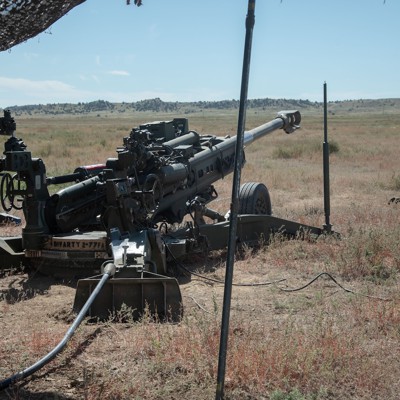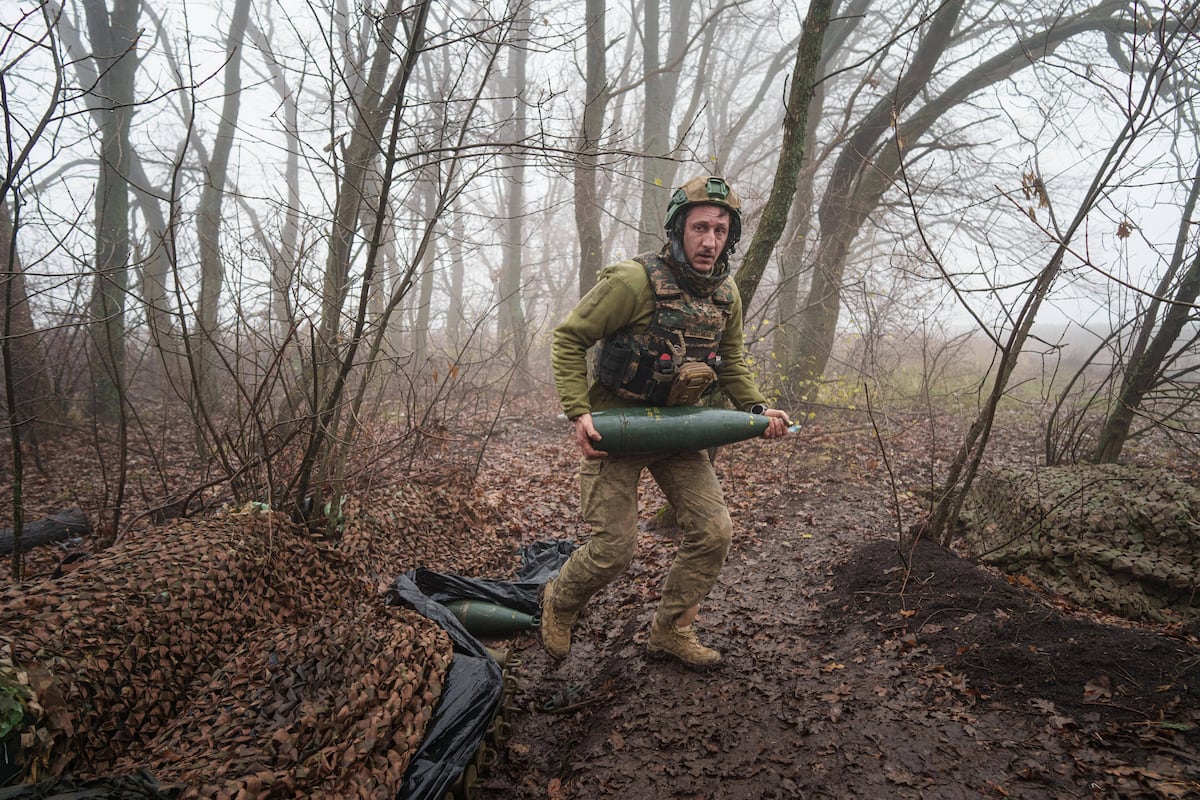A second field test of the Army’s next-generation command and control prototype starts Monday, just three months after the Army awarded Anduril the contract to build it.
The 4th Infantry Division will kick off Ivy Sting 2 at Fort Carson, Colo., where soldiers will test how the system handles deconflicting airspace before firing weapons and other scenarios.
“How can we have the commanders doing their updates, doing their planning, but more importantly, how can we then enact that plan and shorten the time it takes to conduct fires?” Zach Kramer, head of Anduril’s mission command office, told Defense One.
The Army is also trying to shorten the time it takes to develop this system, and the ones that come after it.
“So we’re not waiting to create some sort of perfect system and roll it out,” Kramer said. “We are rolling it out and focusing on an iterative, modern approach to software development.”
Though Anduril got its official contract award in July, alongside Palantir, the company has been part of NGC2 development for a while. The company’s network software, Lattice Mesh, was part of the experimentation at Project Convergence – Capstone 5 earlier this year.
The first Ivy Sting, in late September, tested basic functionality and the ability to do commander’s updates and planning.
“And so this means that we’re in early phases, but one of the big things is using commercial technologies from across the partners,” Kramer said. “So there’s proven tech that sits underneath it, but now we’re actually integrating it, standing it up, configuring it, working through all the things of how you think about data governance.”
Currently, that includes Govini for logistics awareness and Strive Works for AI integration, but the plan is to create a system that can be updated continuously with new technology as it’s developed by private companies.
“We want to be able to onboard lots of different partners, make sure there’s a choice of different types of technology and that the best solution to the problem can bubble to the surface,” Kramer said. “And that may not be the same solution for an indefinite period of time.”
Anduril’s current prototype contract covers the next 11 months, after which there will be a new award for the next phase of NGC2 development.
“And one of the things we’ve really been working with the Army is, how do we create a repeatable process that fosters the growth and innovation over time?” Kramer said.
Traditionally, the Army has built systems from the ground up and locked in all the different vendors up front, then started over again from scratch when a system becomes obsolete.
But NGC2 will look more like the Army’s Transformation-in-Contact program, which prioritizes sending existing tech to the field, getting feedback from soldiers, and then getting updated systems back into the field quickly for more experimentation.
“And so what we want to do is organize these Ivy Sting events in line with kind of a traditional software sprint that says, ‘I will do a planning. We will spend three weeks developing, we will then put it in the field. We will then take feedback, and we will already be iterating on the next one as we go,’ “ Kramer said.
That quick movement can leave room for confusion and miscommunication. Earlier this month, Anduril’s software came under fire with the leak of an internal Army memo castigating the program for deficient security protocols.
Both the company and the Army pushed back, clarifying that the issues raised in the memo had already been resolved.
Anduril’s founder, Palmer Luckey, went as far as to say the memo was leaked in bad faith.
“The real answer is, we turned on all of the features that Lattice already had, which were not part of that initial prototype,” he said. “And the people who are planting that story are totally aware of that.”
Mike Obadal, the Army’s under secretary, said Tuesday that he hopes the service will handle similar concerns differently going forward.
“I’m going to be a little more direct and candid on that—writing a memo is not how we’re going to do business. That was an easy conversation to pull the right people in,” he said. “And instead, we went back to our old practices of, document our grievances, or document our issues, that we see. On the business side of the Army, that’s what we have to fix.”
If the Army wants to cut through bureaucracy in acquisitions, he added, those concerns should be brought up in a discussion rather than written in a memo.
Anduril sees itself as not only helping the Army create its next command and control system, but helping it codify a new way of developing systems.
“And so we think that is actually going to be perhaps one of the biggest things, even beyond just the actual modernization of the Army,” Kramer said. “If we can create this process that allows that constant innovation, that will be the big thing that I think actually helps the Army stay ahead.”
Read the full article here








Leave a Reply